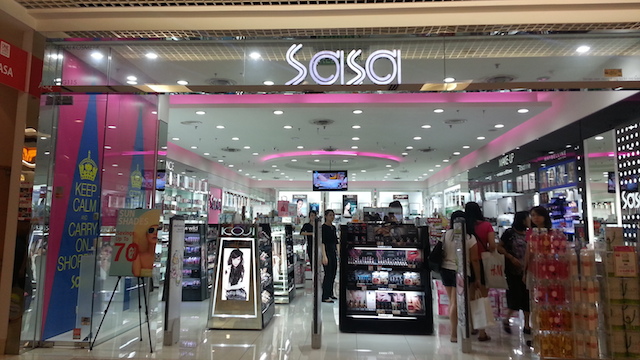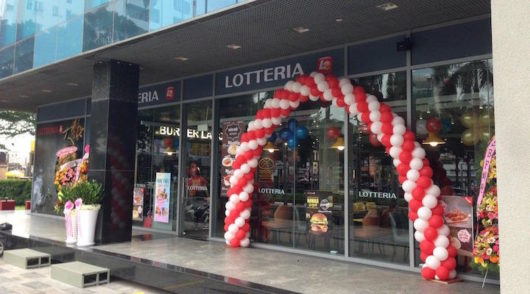Hong Kong-based beauty products retailer Sa Sa has increased sales despite the domestic market challenges.
The group’s total turnover increased by 2.7 per cent from HK$8.756 billion to HK$8.993 billion in the year to March 31.
Retail sales in Hong Kong and Macau increased by 3.3 per cent to HK$7.259 billion. But profit slipped 10.3 per cent to HK$838.8 million.
The high-profile chain added a net seven stores during the year taking its network to 287, adding just one in Hong Kong.
In a telling sign of the challenge facing Hong Kong retailers, as the demographic profile of Mainland Chinese visitors changes, the number of transactions in Hong Kong and Macau stores rose by 6.8 per cent, but the average ticket value fell 3.3 per cent.
“To place these figures in context, the number of transactions of Mainland China tourists increased by 17.4 per cent, while average sales value per ticket decreased by 11.3 per cent,” Sa Sa said in its annual result.
“The number of transactions by local consumers declined slightly by 2.4 per cent with an average spending increase of 4.3 per cent. In short, sales growth for once lagged behind the market.”
In 2014, Mainland tourist arrivals rose by a steady 16 per cent. Same day visitor arrivals were still the leading engine of growth with an increase of 19.1 per cent, raising sales in non-tourist areas, particularly in the New Territories near the border with the rest of China.
“However, this was offset by an 11.3 per cent drop in the average ticket sales of Mainland tourist customers, which in turn was attributable to the weaker purchasing power of tourists originating from lower tier cities and having less spending capability. Another factor was the increasing demand for lower price point products, such as Korean products, which still diluted sales growth although driving store traffic.”
Sa Sa said, in addition, there was a higher sales mix from day trippers whose spending is generally lower than overnight tourists.
“The change in consumption patterns was further exacerbated by the rise of cross border eCommerce, which facilitated much faster market penetration of cheaper and fast to market Korean products with concepts that are well liked by Asians, and in particular the increasingly affluent Chinese consumers.”
While Sa Sa reported 10.2 per cent retail sales growth in the first half of the fiscal year, sales were dragged by weaker consumer sentiment in the second half. Sales growth slowed in the third quarter and further deteriorated in the fourth quarter with March 2015 being especially weak because of anti-parallel goods traders incidents in residential areas, turning an otherwise positive January to February two months’ period into negative territory for the fourth quarter.
“In addition, the appreciation of the US dollar and the relative strength of the Renminbi and Hong Kong dollar encouraged more Mainland tourists to travel to markets with weaker currencies such as Europe and South Korea. The relaxation of visa policies by other countries strengthened their attractiveness to Mainland tourists, while strong outbound travelling led to weaker local spending.”
Sa Sa said the Occupy Movement and anti-parallel goods traders incidents in Hong Kong damaged Hong Kong’s profile and discouraged tourists while also causing a drop in sales to local customers.
Sa Sa’s overall gross profit margin dropped from 46.6 per cent to 44.8 per cent due to more promotions being launched to drive sales in a slower market.








